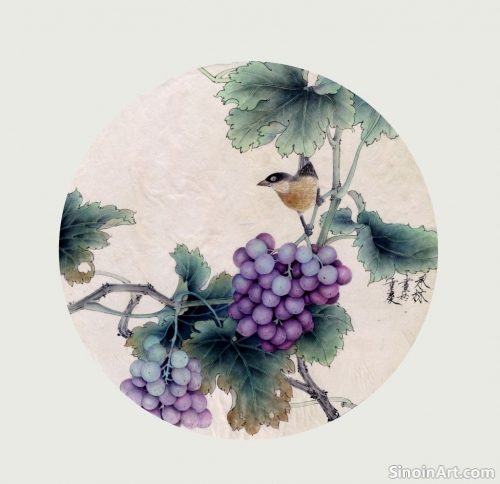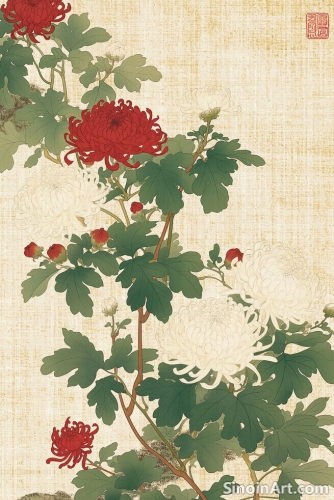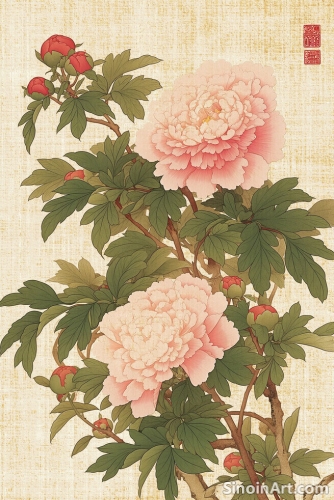Gongbi and the Representation of Textiles and Patterns
|
The meticulous detail that characterizes Gongbi painting makes it an ideal medium for depicting the intricate patterns and textures of textiles. From the elaborate robes of historical figures to the delicate details of floral fabrics, Gongbi artists render textiles with astonishing precision, capturing the unique qualities of each fabric. This focus on textiles adds both depth and visual interest to the artworks.  The depiction of textiles in Gongbi painting often requires the artist to render complex patterns and textures with great care. The artist must understand the construction and details of various materials in order to recreate them on paper. The artist must master techniques to represent the unique qualities of different types of fabrics, such as silk, brocade, and cotton.  The use of line and color is crucial for creating realistic representations of textiles. Fine lines are used to delineate the weave and pattern of the fabric, while subtle color variations are used to suggest the texture and volume of the material. These techniques help to create a convincing sense of three-dimensionality on a two-dimensional surface.  The attention to detail that Gongbi artists bring to the depiction of textiles can often be seen as a celebration of craftsmanship and artistry. These details are not just decorative elements; they contribute to the overall visual narrative and create a sense of richness and depth. The accurate depiction of fabrics adds to the value of the work and enhances the viewer's understanding of the scene. Textiles in Gongbi paintings are not just static elements; they often play a role in conveying the status, identity, and cultural context of the figures within the artwork. The careful rendering of clothing and accessories adds depth and complexity to the overall composition and storytelling. The choice of textile can communicate status, wealth, and cultural identity. The representation of textiles in Gongbi painting showcases the technical skill and artistic sensibility of the artist and adds a rich layer of visual and cultural significance to the artworks. The detail used to depict the textiles adds realism, beauty, and narrative power to the work. |
Tag : Gongbi textiles, fabric in art, pattern rendering, Chinese textile art, detailed painting
Related information
- The Challenge of Large-Scale Gongbi Painting
- Collecting Gongbi Art: Appreciation and Investment
- Gongbi and the Depiction of Everyday Life
- The Depiction of Flowers and Birds in Gongbi: A Symbolism Unveiled
- Gongbi Painting in the Modern Era: Reinterpretations and Adaptations
This article explores the unique challenges of creating large-scale Gongbi paintings, including maintaining precision, acquiring specialized materials, managing composition, and the time-consuming process of layering colors and details.
Provides guidance on collecting Gongbi art, emphasizing aspects such as material quality, artist reputation, personal appreciation, and the investment value of collecting.
This article explores the use of Gongbi painting in depicting scenes from everyday life, highlighting its meticulous detail, portrayal of common activities, and how these works serve as visual records of daily existence and a particular time and place.
This article explores the depiction of flowers and birds in Gongbi painting, focusing on their symbolic meanings, the techniques used in their rendering, and their role in conveying both beauty and cultural narratives.
Discusses the reinterpretations and adaptations of Gongbi painting in the modern era, highlighting new themes, techniques, and the blending of tradition with contemporary sensibilities.